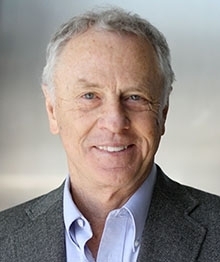SPLC remembers human rights icon Nelson Mandela
President Nelson Mandela’s death leaves human rights advocates across the world with an undeniable sense of loss. But amid the sorrow, we can take solace from the former South African president’s legacy.
President Nelson Mandela’s death leaves human rights advocates across the world with an undeniable sense of loss. But amid the sorrow, we can take solace from the former South African president’s legacy.
Here at the SPLC, we think about Mandela often. At the Civil Rights Memorial Center that we built in Montgomery, Alabama, he is recognized as a leader of the contemporary struggle for human and civil rights.
Every year, thousands of schoolchildren visit the Center and learn about the universal nature of the struggle for civil rights. They learn about Mandela and how the U.S. civil rights movement influenced the fight against apartheid in South Africa. In fact, on Mandela’s first visit to our country he insisted on meeting Rosa Parks.
Mandela’s courage during his 27 years of imprisonment will forever inspire people to stand up to oppression and injustice. And the more we can learn from his life, the more we can amplify the drumbeat for human rights.
Mandela may be known for dismantling apartheid in South Africa following his release from prison, but the commitment to justice and equality he demonstrated after becoming South Africa’s first black president in 1994 provides a powerful lesson for all human rights activists.
He worked to fulfill the statement he made during the trial that ultimately led to his imprisonment: “I have cherished the ideal of a democratic and free society, in which all persons will live together in harmony and with equal opportunities.”
Mandela recognized that South Africa’s future depended on the country moving forward – together. Dismantling apartheid was only the first step, not the destination. Mandela understood that resentment, suspicion and fear undercut human rights advances. Empathy, reconciliation and tolerance are necessary to chart the course forward.
The Civil Rights Memorial Center not only honors Mandela and the martyrs of the U.S. civil rights movement but teaches that the movement isn’t just a period in time – it’s a continuum. The march for civil and human rights continues across the world.
When the Civil Rights Memorial was built in 1989, we refused to use South African black granite because we would not support apartheid. But when the South African ambassador spoke at the Memorial in 2011, he spoke of Mandela and the tremendous transformation he helped bring about.
As we honor Mandela today, we must remember that the transformation is not complete, and we must recognize our future is a shared one, one that’s brighter when we’re united. It’s a belief President Mandela understood. It’s a belief we must take to heart.
The march continues.

